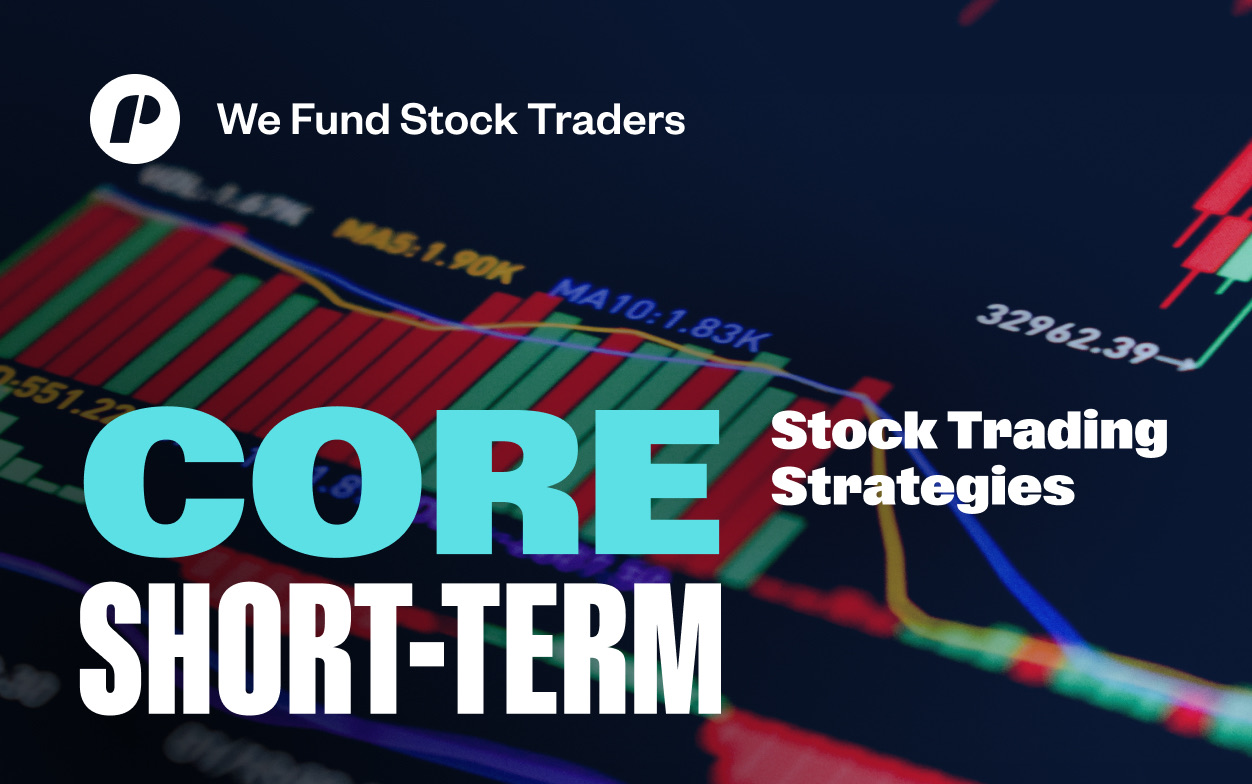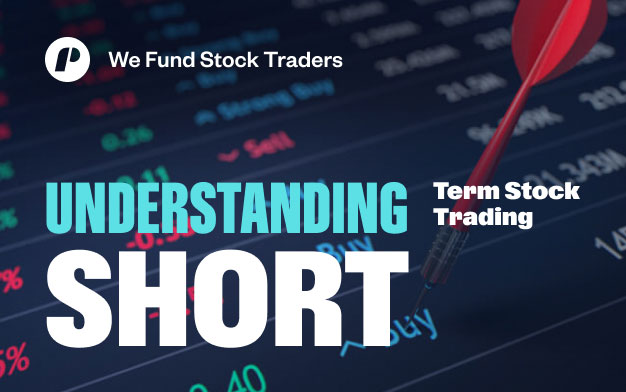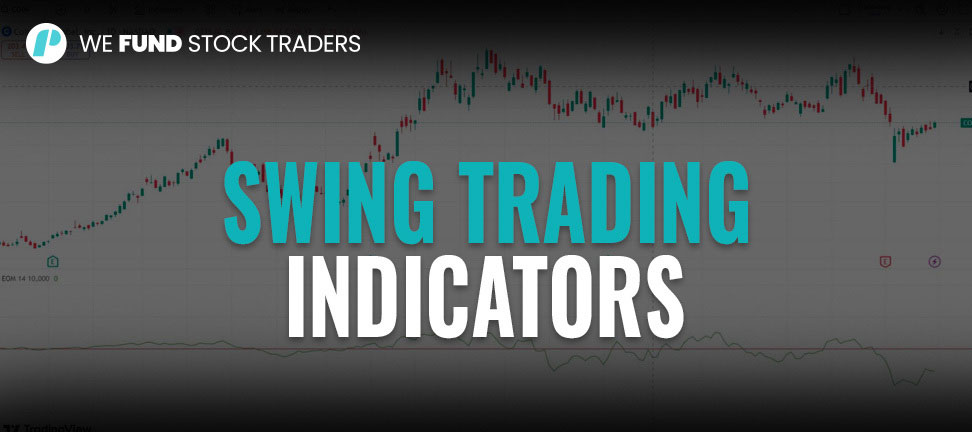
Introduction
In past articles on swing trading, we’ve already spoken about Fibonacci, Moving Averages Crossovers, Channels, and Bollinger Band and how they are used to either assess or try to predict the market. However, these are just a few of the many indicators swing traders employ to increase their accuracy and consistency.
In today’s article, we’ll discover three more great indicators that, although popular amongst day traders, seem to assume a much higher level of accuracy when applied to longer timeframes.
Well, without further ado, I give you the ATR, the EOM, and the OBV. You might want to get acquainted.
3 of the Very Best Indicators for Swing Trading
Key Notes
- The technical indicators for swing trading we’ll discuss in this article are all available online for free and come as standard on most trading platforms.
- These three indicators are meant to be used as part of a complete strategy and not as a complete strategy.
- Expanding your knowledge and experience with indicators like these could provide that little extra that could allow you to pass your challenges and become a TTP’ funded trader.
The ATR
The ATR (Average True Range) indicator stands as a cornerstone for traders aiming to gauge market volatility. Developed by J. Welles Wilder Jr., the ATR doesn’t forecast market direction but measures the range of price movements, providing invaluable insights into market behavior.
On a typical trading chart, the ATR is displayed as a single line beneath the main price chart. This line moves up and down, reflecting the fluctuating volatility levels over a specified number of periods which, on most trading platforms, is 14 by default. This means that if left on the default settings, the ATR will indicate the average range of the last 14 bars or candles. However, traders can tweak the settings to suit their strategies (shorter periods like 7 or 10 make the ATR more reactive to recent price changes, while longer periods like 20 or 25 offer a smoother and less sensitive measure of volatility).
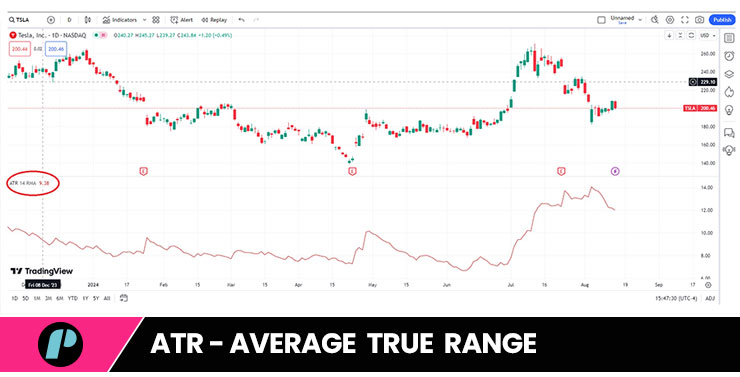
Image 1, for example, shows a daily Tesla (TSLA/Nasdaq) chart with the stock trading at $200.46 and the ATR indicating 12.01. This suggests that, on average, Tesla’s price has moved within a daily range of $12.01 over the 14 days.
Swing traders often use this information to calculate their stop-loss levels, for example, placing a stop-loss too close might result in premature exits due to typical market noise. In other words, if a swing trader was to open a long position on TSLA now, at £200.46, for example, he or she would better consider that price is likely to move up to $12.01 in either direction just on the basis of the usual expectable noise.
To also accommodate for a little extra volatility, swing traders are known to set their stop-losses at a greater distance from break-even than even the ATR suggests. For example, stops at 1.5xATR and 2xATR are very common. The ATR is also often used in a similar way to set the take-profit for an entire position or a part of it.
There is more. The ATR also helps with determining position sizes. A higher ATR indicates greater volatility, which might suggest considering smaller position sizes to manage risk, whereas a lower ATR suggests less volatility, allowing for potentially larger positions.
And… although it’s not a predictive indicator, in its own way, the ATR can still advise traders that it’s a great time to buy for future gains or warn them that it’s high time to sell.
For example, if a swing trader notices the ATR of a stock increasing significantly, it could be a signal to lock in profits or tighten stop-loss levels, anticipating potential price swings. Conversely, an ATR decline might indicate a consolidation phase – an opportune moment to prepare for a breakout.
The EOM
The EOM (Ease of Movement) indicator is a unique tool designed to measure the relationship between price changes and volume.
Simply put, the EOM helps traders identify how easily a security’s price moves and that knowledge can be a valuable asset for traders looking to gauge the potential strength or weakness of a price move.
The EOM indicator is typically plotted as a line that oscillates above and below a zero line. When the EOM is above zero, it indicates that the market is moving upward with ease, and when it is below zero, it suggests the market is moving downward effortlessly. And, as for the ATR, the longer or shorter the period set for the EOM, the more smoothed or reactive the line will be.
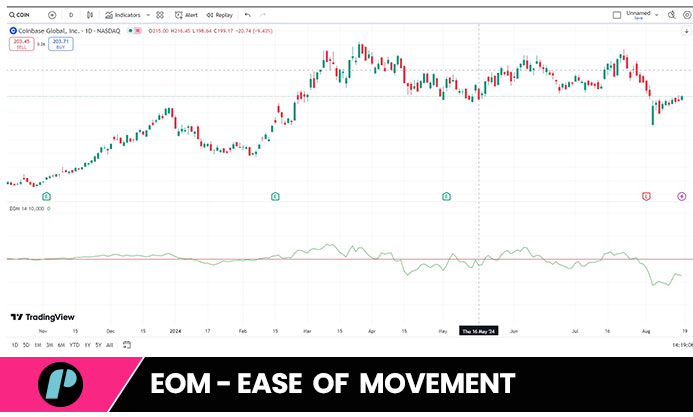
Here’s another example:, Image 2 shows Coinbase (COIN/Nasdaq) currently trading at $ 203.45 and its EOM below the zero line. This could imply that the stock is experiencing bearish price movement with relatively low volume, suggesting that the bears are in control without facing significant resistance. Conversely, when the EOM is above zero, it could indicate that the price is moving up, and the bulls have the upper hand.
By default, the indicator is set at a period of 14, similar to the ATR. However, depending on the trading strategy and timeframe, this setting can be adjusted.
The EOM is particularly useful for confirming the strength of a trend or predicting potential reversals. For example, a swing trader might look to enter a long position when the EOM moves from below to above zero, indicating that upward price movements are gaining momentum with relative ease.
In Coinbase’s case, swing traders whose strategy recommends opening a bullish position may instead consider waiting to see the EOM shifting above zero (a sign of a potential imminent strong upward move) before doing so.
When the EOM indicator hovers around the zero line, it suggests that the price movements are balanced with the volume, indicating little directional bias. This period could be an excellent time for swing traders to prepare for the next significant move.
Key Notes
Trade the Pool has recently launched a program tailored specifically to swing traders.
It also includes:
- Almost any stock and ETF in the U.S. markets.
- Overnight and over-the-weekend position holding allowed.
- Reach 3 times your max DD. If your max DD = $2,100, reach $6,300 in profit and get a TTP-funded account
The OBV
The OBV (On Balance Volume) indicator is all about the relationship between volume and price movements.
The OBV uses cumulative volume changes to predict potential price direction and what makes it stand out is that, unlike many other indicators – which tend to focus solely on price action – the OBV provides useful insights into the volume’s role in price trends.
The OBV is displayed as a single line on a trading chart. This line is calculated by adding the volume on up days and subtracting the volume on down days, resulting in a cumulative volume total.
When the OBV line is rising, it indicates that volume is higher on up days and lower on down days, suggesting that buying pressure is dominant. Conversely, a falling OBV indicates that selling pressure is increasing as the volume is higher on down days and lower on up days.
In this last example, we’ll look at Nike’s (NKE/NYSE) daily chart.
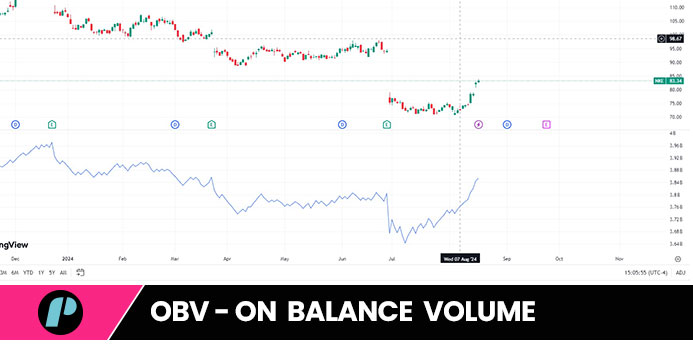
Image 3 shows Nike currently trading at $ 83.34 and the OBV that seems to have been trending upward for at least the last five weeks or so.
This implies that the cumulative volume on days when the stock closes higher is greater than the volume on days when the stock closes lower and this could suggest a strong buying interest and potentially bullish Nike’s price action.
As for the ATR and the EOM, swing traders use different OBV settings based on their strategies. Some might prefer a default period of 14, allowing them to align with the stock’s typical price patterns, while others might customize this period as needed.
In a swing trading strategy, the OBV can be extremely useful for confirming trends and predicting breakouts.
In Nike’s example, looking at the chart, we notice the OBV rising while the stock price also started to trend upwards. This could indicate strong buying support and may confirm the current bullish trend.
In this case, a trader might decide to hold onto their long position, anticipating further gains.
On the other hand, If nike’s OBV should start to decline while the stock price remains stable or also begins to drop, it could signal weakening buying and a potential for a bearish reversal.
There is more.

The OBV can be helpful when used in conjunction with other technical indicators. For instance, combining the OBV with moving averages or support and resistance levels can refine a trader’s analysis and increase the likelihood of successful trades.
(And by the way, remember that the ATR, the EOM, and the OBV are not stand-alone trading strategies. They were built to be used in conjunction with other indicators or price patterns).
Let’s take, for example, the OBV used in conjunction with a moving average crossover.
If the 50-day moving average crosses above the 200-day moving average, it’s a bullish signal and If this crossover coincides with a rising OBV, then it sure strengthens the case for entering a long position.
Conversely, if the moving averages signal a bearish crossover and the OBV is falling, it could be a strong indication to enter a short position.
Best indicators for swing trading – Conclusion
And there you have it! Three indicators that have made fortunes for many swing traders in the past and that will keep doing so in the future.
As always, use caution, get confirmation, and risk-manage.
This was a long one but I hope this helps, traders.
If you liked this post make sure to share it!

